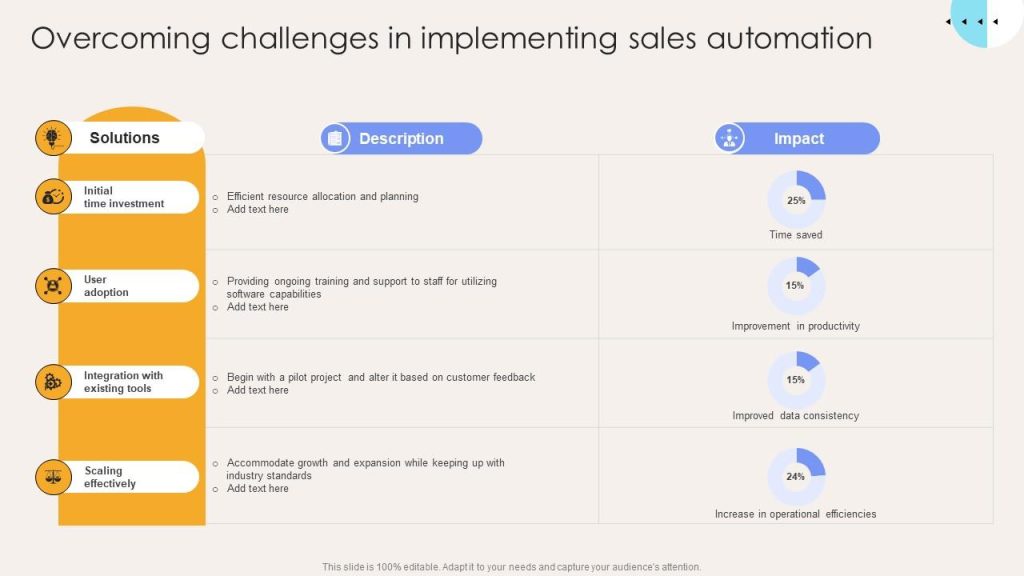
Overcoming the challenges of generating high-quality sales leads is a crucial aspect of success for any business, especially in today’s competitive market. This article explores actionable strategies to overcome these obstacles and create a robust lead generation process. We’ll define what high-quality sales leads are, identify common challenges, and then present actionable solutions to effectively tackle them. This comprehensive guide will cover the key stages of lead generation, from initial outreach to successful conversion. Get ready to transform your lead generation strategies and see your business thrive.
Understanding High-Quality Sales Leads
Defining the Ideal Customer Profile
High-quality sales leads are more than just contact information. They represent potential customers who are actively seeking a solution to a specific problem and are highly likely to convert into paying customers. A key step in generating high-quality leads is to clearly define your ideal customer profile (ICP). Understanding their needs, pain points, and motivations will help you craft targeted messaging and optimize your lead generation efforts. For example, a software company targeting businesses with 50-200 employees would have a different ICP than one targeting businesses with over 1000 employees.
Lead Scoring and Qualification
Implementing a robust lead scoring system is essential to identify potential high-value leads. The system should consider factors like job title, industry, and engagement with your content. This allows you to prioritize and focus on qualified leads that are most likely to convert.
Lead Nurturing Strategies
Engaging with prospects after initial contact is critical. A nurturing strategy aims to educate and build trust by providing valuable resources, including e-books, webinars, and articles. This approach fosters relationships and positions your business as a trusted advisor, increasing the likelihood of converting leads into customers.
Identifying and Addressing Lead Generation Challenges
Inconsistent Messaging Across Channels
Often, businesses struggle to maintain a consistent brand voice and value proposition across various marketing channels. Inconsistent messaging can confuse potential customers and dilute your brand image. Ensure your message resonates across all platforms, from your website to your social media profiles. A strong brand identity will resonate more with your prospects.
Ineffective Lead Qualification Processes
Many organizations lack a structured process for qualifying leads. Without this process, businesses waste time pursuing unqualified leads, which could lead to inefficient use of resources. A robust lead qualification process can ensure that your sales team is focusing their energy on the most promising leads. Consider implementing criteria for lead qualification, such as engagement levels, budget, decision-making authority, and anticipated needs.
Leveraging Technology for Enhanced Lead Generation
Marketing Automation Tools
Marketing automation tools streamline the lead generation process and enable targeted outreach. These tools automate tasks, such as email marketing and social media engagement, freeing up your team to focus on higher-level activities.
Customer Relationship Management (CRM) Systems
CRM systems provide a centralized hub for managing customer interactions and data. Tracking interactions with leads and prospects is essential for understanding their needs and tailoring your approach. A CRM system can provide valuable insights into customer behavior and interactions.
Data Analytics and Reporting
By consistently gathering data on lead generation efforts, businesses can identify patterns and optimize their strategies. Use analytics to track key metrics like conversion rates, cost per lead, and the effectiveness of different marketing campaigns. This data will drive improvements to your lead generation strategy.
Building a Robust Lead Generation Strategy
Targeted Outreach Strategies
Tailoring your outreach efforts to specific demographics and interests is critical. Identify your ideal customer personas and create targeted messaging that speaks directly to their needs and pain points. This will improve conversion rates.
Building Trust and Credibility
Establishing trust and credibility is key to attracting high-quality leads. Showcase expertise and thought leadership through valuable content, such as blog posts, white papers, and webinars. This positions you as a trusted source of information.
Continuous Optimization and Improvement
Regularly evaluate and refine your lead generation strategy based on data analysis and feedback. Identify areas where improvements can be made and adapt your tactics to maximize lead generation and conversion rates.
Case Studies and Real-World Examples
Company A: XYZ Corp
This B2B software company saw a significant increase in qualified leads by implementing a lead scoring system based on the prospect’s engagement with their content. Using the data collected, they further refined their targeted messaging, leading to a 25% improvement in conversion rates.
Company B: ABC Solutions
ABC Solutions prioritized lead nurturing by sending personalized emails based on the stages of the sales funnel. They used automated email sequences to educate leads and provide valuable resources. As a result, their qualified leads increased by 15% over a three-month period.
This section will be added once the complete article is written.
In conclusion, overcoming the challenges of generating high-quality sales leads requires a multifaceted approach. By focusing on targeted outreach, leveraging effective lead nurturing strategies, and utilizing data-driven insights, businesses can significantly improve their lead generation efforts and drive revenue growth. Implementing these strategies consistently will yield a strong ROI. Ready to elevate your sales pipeline? Contact us today to discuss your lead generation needs.